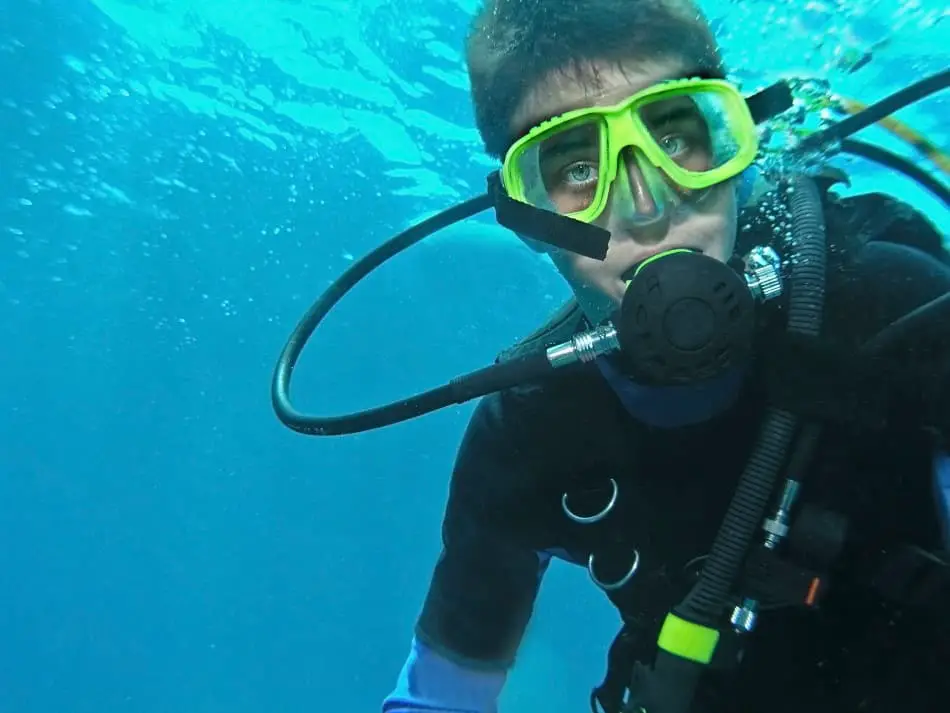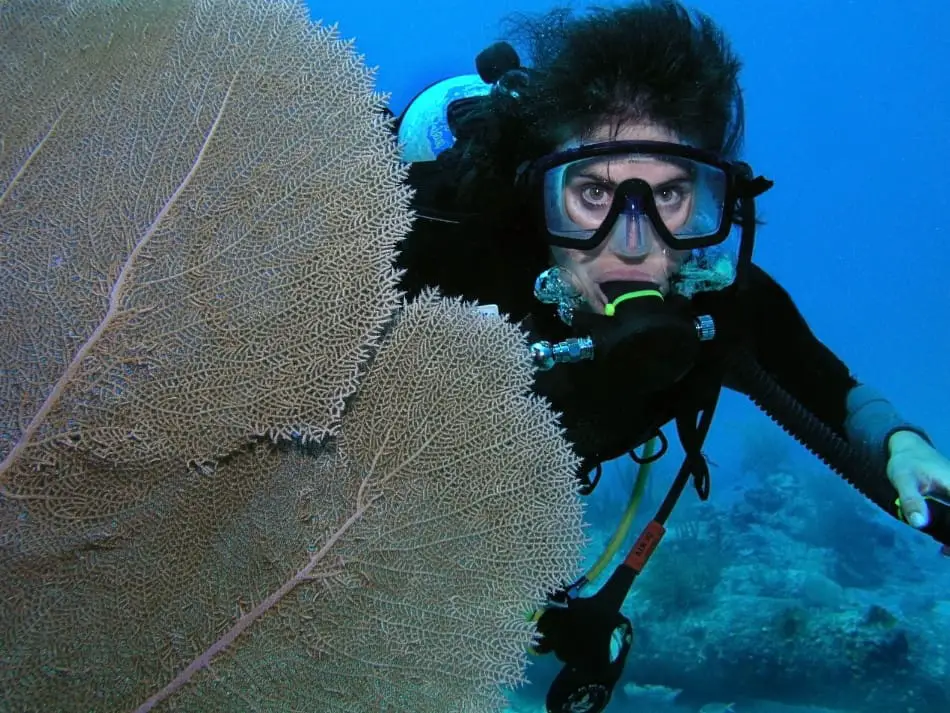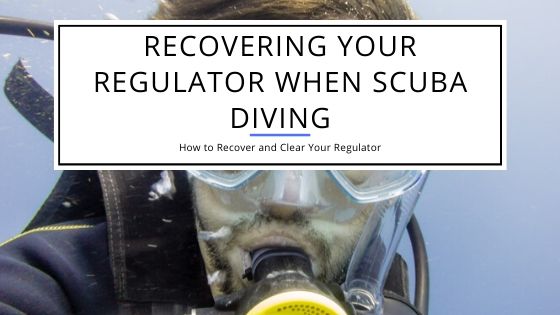How to Recover and Clear Your Regulator When Scuba Diving
Scuba diving can be a breathtaking experience, provided you can breathe underwater properly. In order to do that, you need a properly functioning regulator. The reason why a regulator is important and absolutely vital to breathe underwater is that divers need to stay underwater for long periods of time. To stay submerged for that long, a lot of air is required, and to be able to carry that much air on a person, it needs to be compressed. The regulator helps bring the air pressure back to normal in order for the diver to be able to breathe through it.
The entire regulator comprises a few different parts. It has a first stage regulator, one or more valves, hoses to carry pressurized air from gas tanks to the diver, and a second stage regulator with the mouthpiece.
The first stage regulator has a valve, which is what is actually connected to the tank and allows air to be depressurized before entering the hose. The second stage regulator is what is connected to the mouthpiece. It further reduces the pressure of the air and brings the level to the surrounding water pressure, making it comfortable for the diver to breath. The second stage regulator also has an exhaust valve, which allows air to be released when a diver exhales.
Why Would You Have to Recover Your Regulator?
You’re probably asking yourself why it is important to know how to recover your regulator, and why would it be necessary in the first place. While scuba diving, you need to keep your breath at a constant flow, which requires your regulator at all times.
If the regulator falls out of your mouth, you must know how to recover it. The regulator can fall out for a number of reasons, like another diver bumping into you, your arm pulling it away from you, or it getting tangled on something below the water.
It is very unlikely for the regulator to fall out during a dive, but at the moment that it does, it is important not to panic and know how to recover it. The processes of recovering regulators are extremely simple to teach and straightforward to learn, but should still be taught well, and with close attention, because it can be vital information in a time of need.
What Are the Steps and Methods to Recover a Regulator?
There are two ways to recover your regulator in the case of necessity; the sweep method or the reach method. Most commonly, divers are taught the sweep method because it is very simple and effective. In any case, before recovering the regulator, it is important to stay calm and to keep a steady and slow exhale stream going; holding your breath can be detrimental.
For the sweep method, you need to lean to your right side, place your right arm against your leg and move it back toward the cylinders on your back. Lift your arm away from your body and bring it forward; your arm will catch the regulator hose. Once in sight, grab the regulator with your left hand and bring the mouthpiece back to your mouth. Clear the regulator and continue breathing.
For the reach method, reach back with your left hand and push your cylinder up from the bottom. Reach over your right shoulder with your right hand and locate the first stage regulator valve. Feel around till you have the hose in hand and continue until you find the mouthpiece. Put the mouthpiece in your mouth, clear the regulator and continue breathing.
Free-flowing regulators are easier to recover because of the constant stream of bubbles they create through the regular flow of air. In that case, just spot the bubbles, and grab the mouthpiece. In cases where regulator mouthpieces can be spotted easily, you can just grab them and return them to your mouth. If you are unable to recover your regulator swiftly, don’t panic! Just signal to your instructor or fellow divers to come and help you.

What are the Differences between Unbalanced and Balanced Regulators?
How Do You Clear a Scuba Regulator?
There are also two ways to clear your regulator. One is with the use of your own breath, called the “blast clear” method, and the other is with the use of a button on the second stage called the “purge valve”.
If the regulator has only been out of your mouth for a few seconds, using the blast clear method is sufficient. In this method, you blow out a puff of air into the mouthpiece, which will expel all water from the regulator through the exhaust valve.
The purge clear button is present on the front of your second stage regulator. It forces a blast of air into the regulator, pushing out all debris and water through the exhaust valve. This is used in the case you don’t have enough air left in your lungs to perform a blast clear.
After clearing your regulator, inhale very slowly. If you see that there is still water left in the regulator, perform the clearing again, so you don’t inhale any water.
What Happens if You Vomit While Scuba Diving?
This is not a pleasant thought to think about, but it is something essential for survival when you are underwater. In a scenario when a diver is about to vomit, it is very likely that water inhalation can occur at such a compromised state. That can be extremely dangerous and even fatal, depending on the severity of the situation.
Thanks to the advances in modern technology, there has been a tweak in equipment to solve this exact problem. The purge valve allows you to keep the mouthpiece in while vomiting, instead of removing it and risking a dangerous situation. The purge blast can be used to clear any remnants from the regulator so you can continue breathing properly.
When Do You Use Your Octopus?
An octopus is a backup regulator. It is important to have a backup since a regulator is your only way to breathe underwater. The octopus isn’t as fine-tuned as your regular regulator, so it shouldn’t be used as the primary one.
If you are unable to recover your regulator, the octopus comes in handy. It is hanging around the neck of the diver, so it can be easily accessed.
Comparing Piston vs Diaphragm Regulator – Differences Explained

Recommendations and reviews to find the best cold water regulator
Final Thoughts
Though a regulator falling out is not a regular occurrence, it is still important that you know what to do in the case that it does happen. Practice recovering your regulator in confined water, like a pool, and work with an instructor, so you are completely comfortable with the method.
The more comfortable you are performing the recovery, the calmer you will stay in case the situation arises; staying calm at that moment is imperative. If you feel stressed or uncomfortable after recovering your regulator, signal to your buddy that you would like to end the dive and ascend. It’s always better to be safe than sorry.

